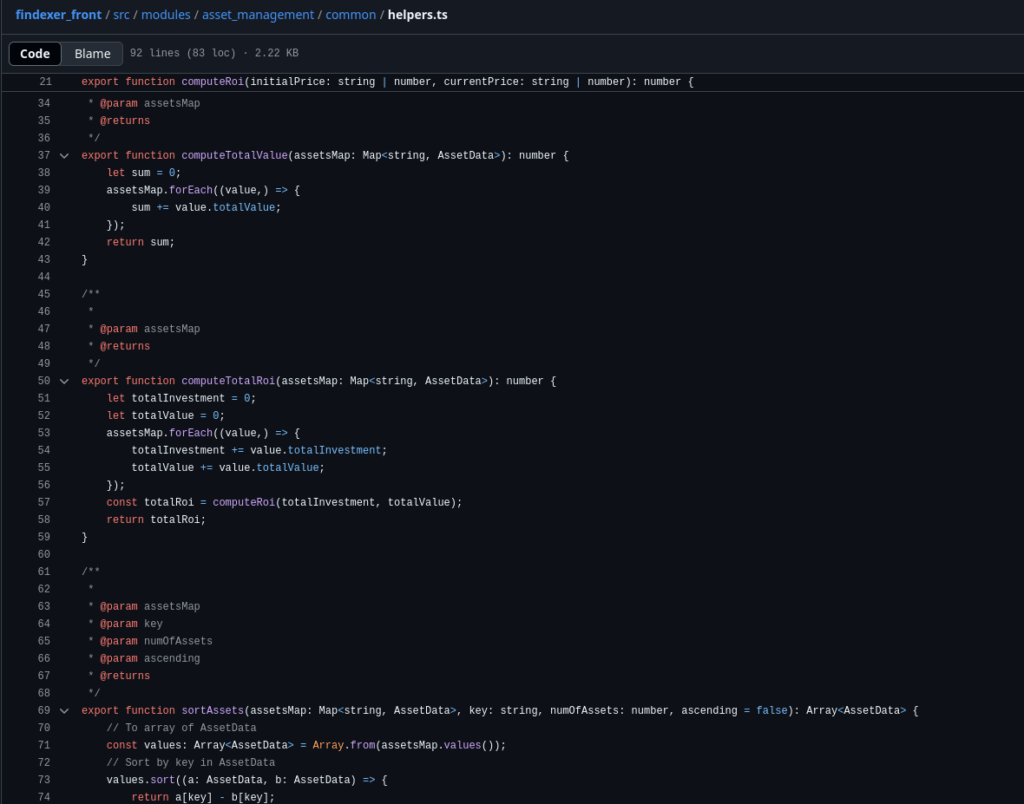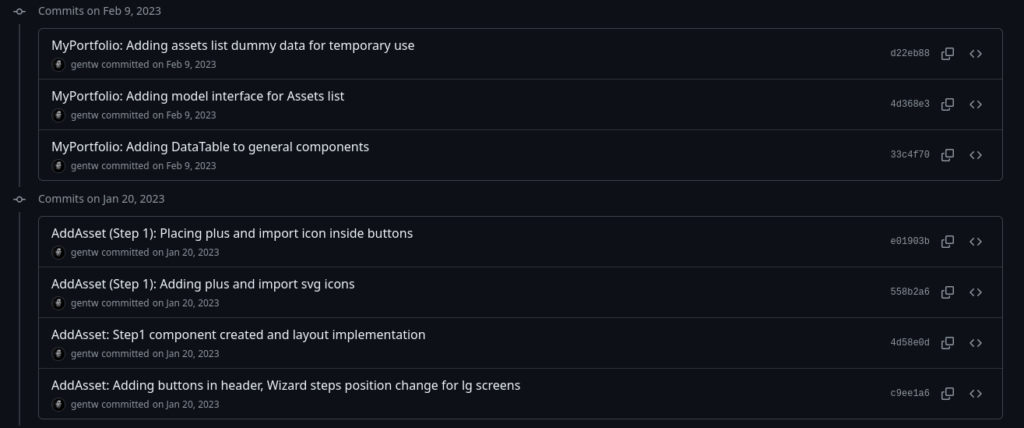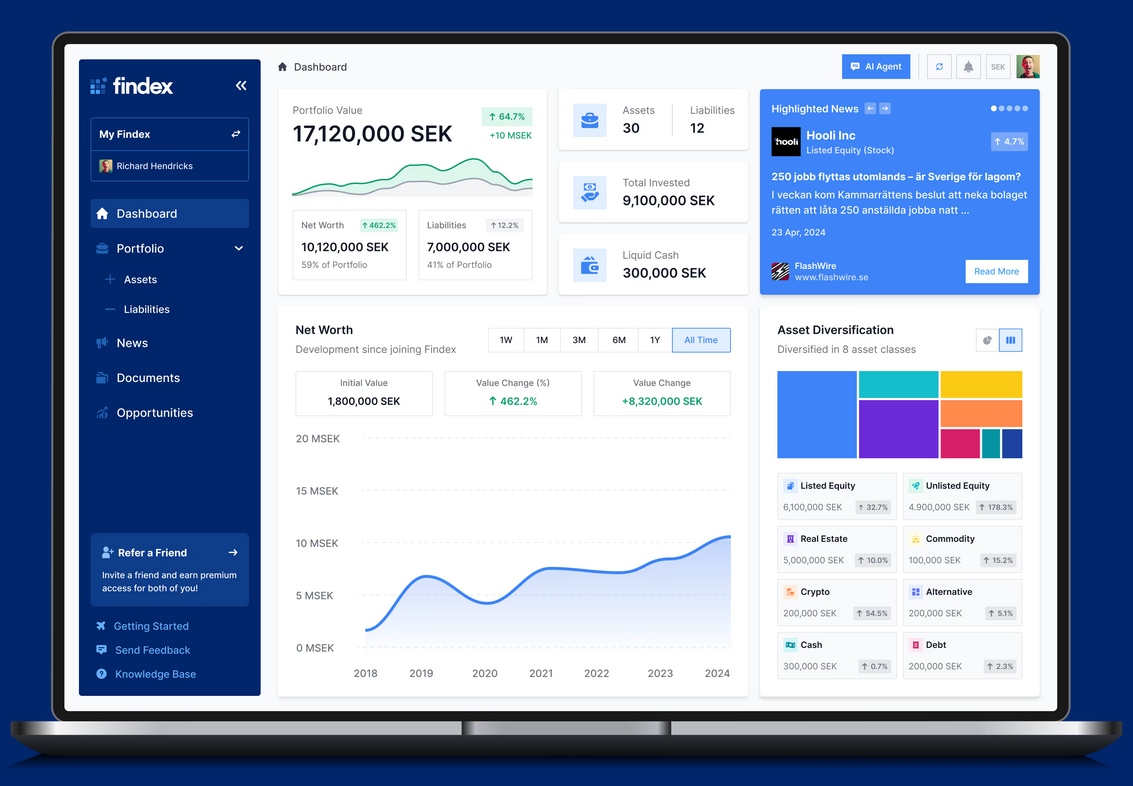- Date: June 8, 2025
- Categories: Product Development
The goal of the people leading the project was to ensure that, as a foundational principle, the code was structured in the best possible way. The speed at which tasks in the backlog were completed was not a priority; what mattered most was that everything was initially built with a perfect system design and overall structure.
I’m sharing with you some parts of the code from one Github branch that I’m allowed to show, just to show you how things were prepared during the startup phase.

The /src directory contains the root structure of the project, where you can see how things were organized.

The modular architecture was integrated this way: for example, take the asset_management module. Inside it, everything related to it is organized as submodules and placed there. Each submodule contains its own components. Additionally, at the root level of the specific module, there is another store that can be used to manage data shared across its submodules.

There were also common helper functions placed inside this module’s common directory to give the ability to use them across the submodules.

Here we’re inside a specific submodule as Dashboard in this case. It contains its own routes, views, and components, which are imported and reused from the root of the Metronic theme and customized locally.


As the code was structured modularly to be clean and straightforward, the Git commits were created with the same vibe to be easily understandable.
Below, you can watch a short video I prepared for the team to explain what I accomplished in the first phase of the stock_management module on the front end. It’s fairly simple but was integrated in a smart way, ensuring everything was properly connected using fake data before integrating with the backend.
